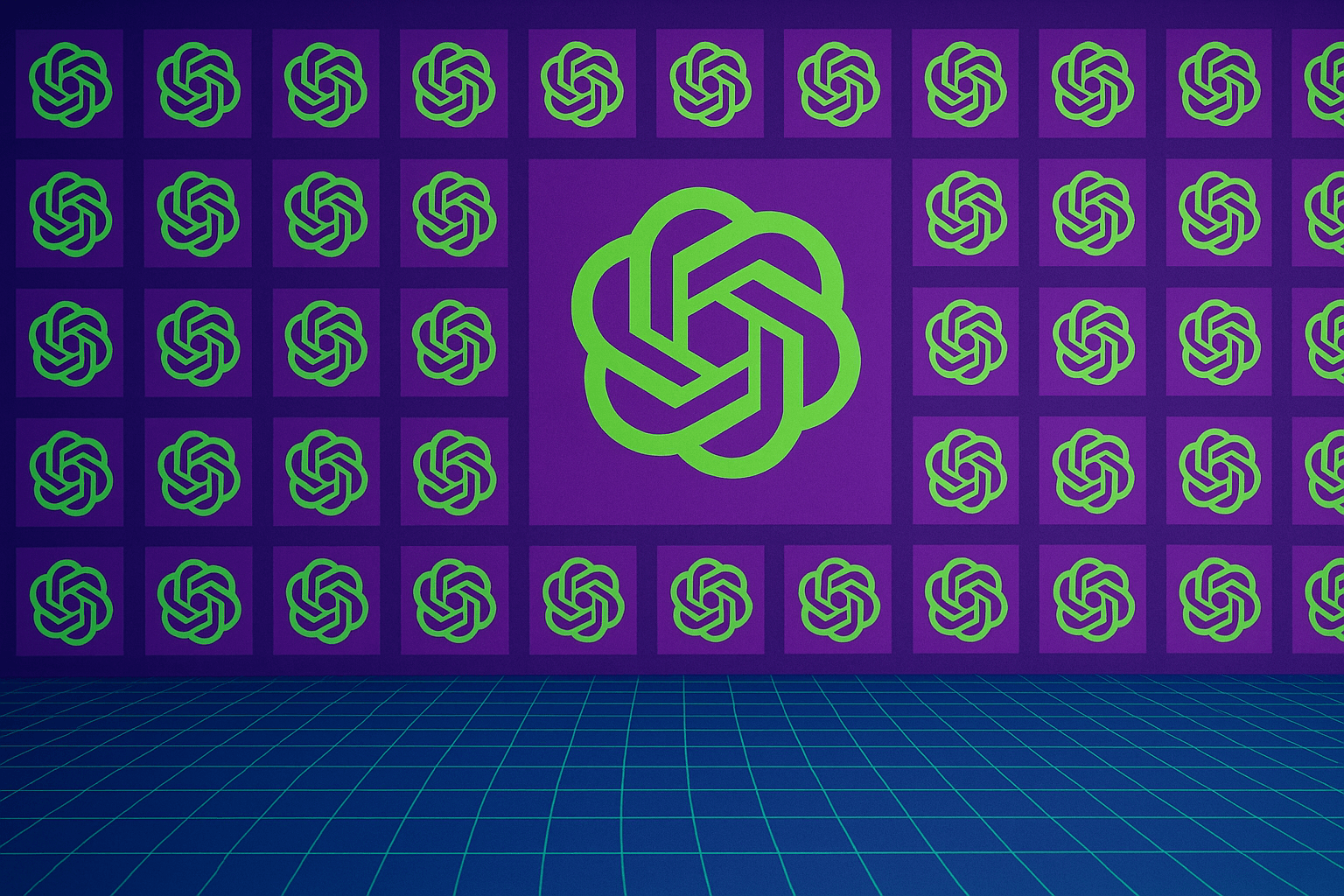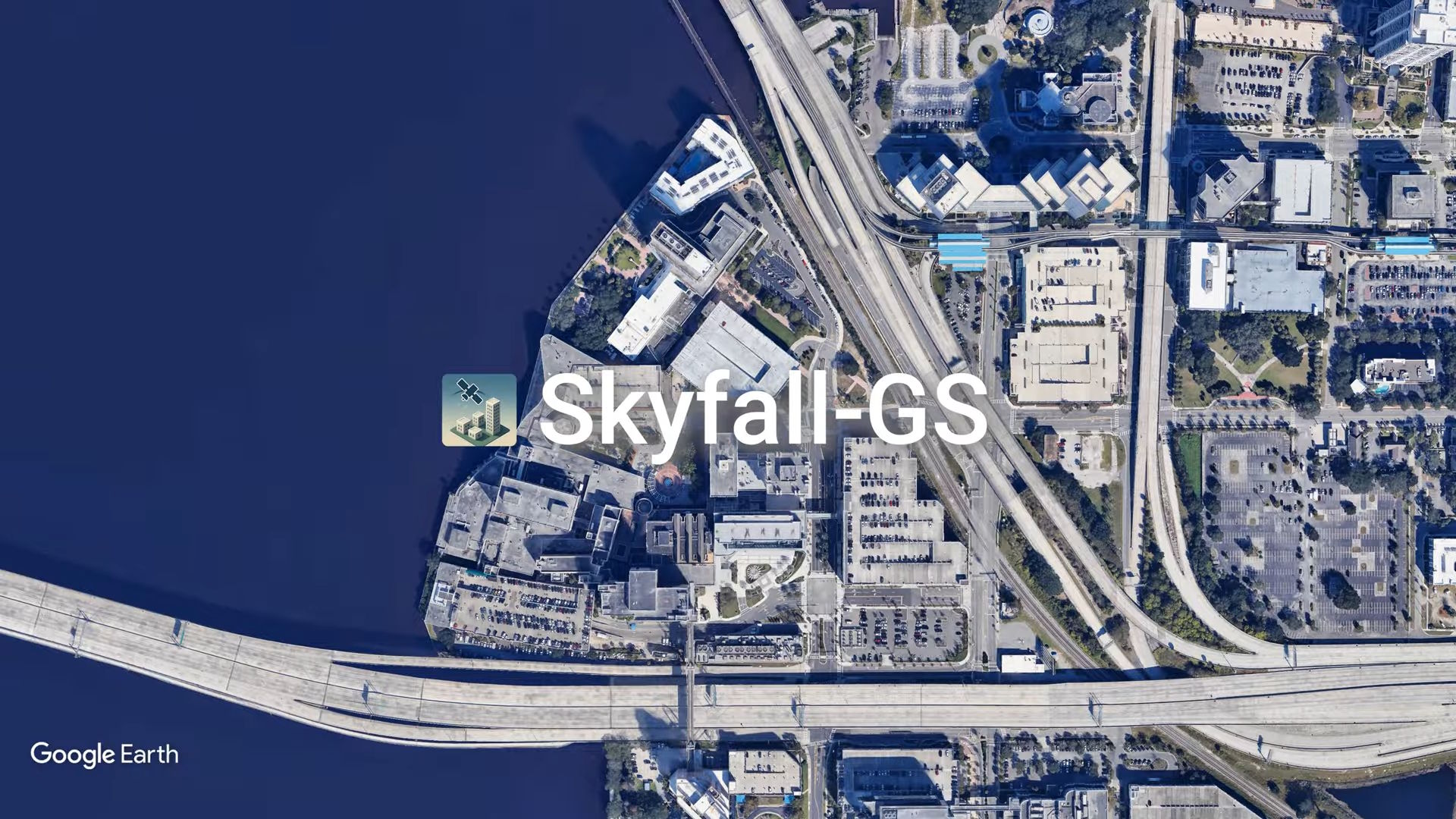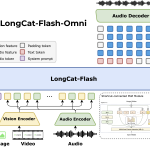🏁ASPICE Literacy — Episode 9: ASPICE & Functional Safety: Siblings 👫 or Strangers 👥?
NeutralArtificial Intelligence

In the latest episode of ASPICE Literacy, the discussion centers around the relationship between ASPICE and ISO 26262, two critical frameworks in automotive development. While both aim to ensure quality and safety, they often operate in isolation. This episode explores whether they can work together effectively or if they are destined to remain separate entities. Understanding their dynamics is essential for improving project outcomes in the automotive industry.
— Curated by the World Pulse Now AI Editorial System







